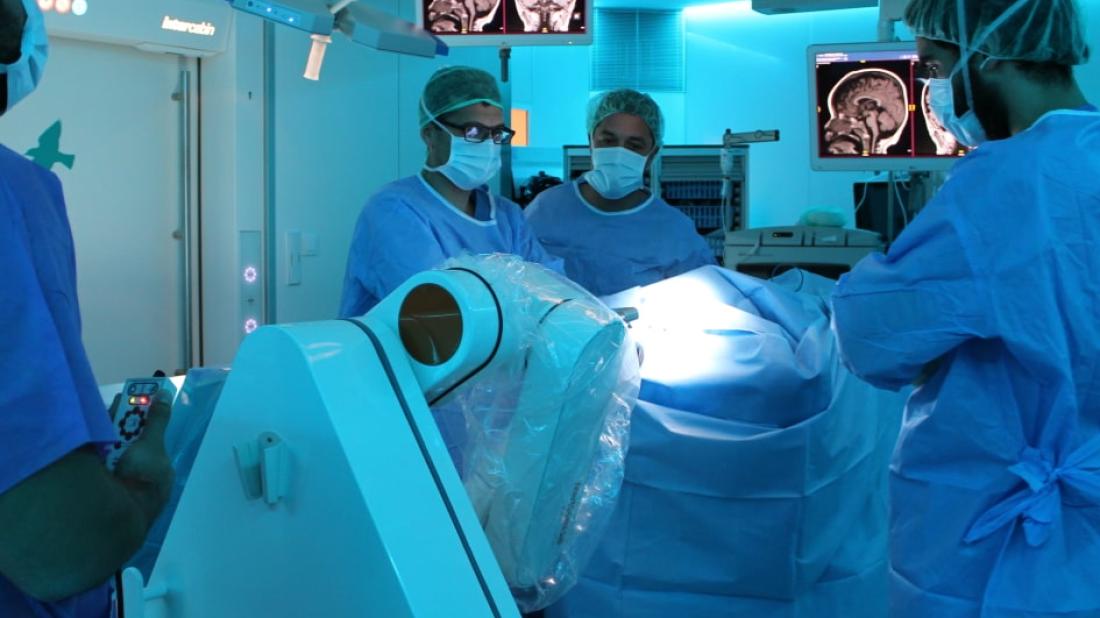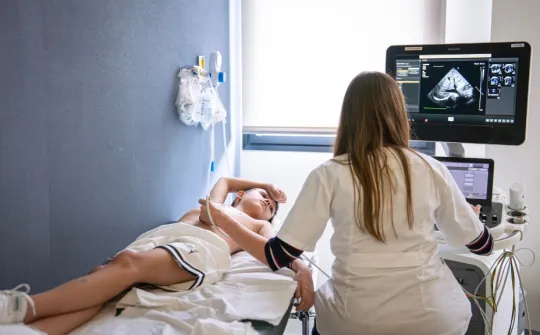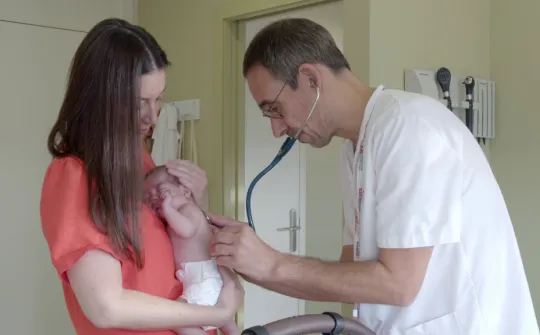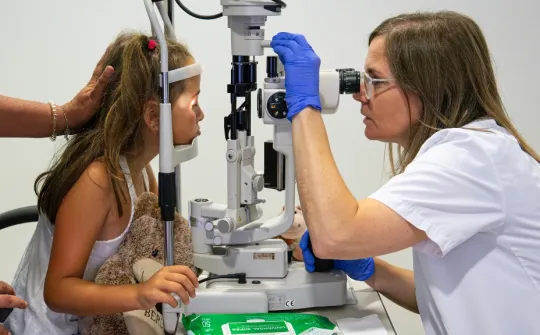Laser ablation, a growing technique for refractory epilepsy at the SJD Barcelona Children’s Hospital

About twenty children in Spain have already benefited from laser thermal ablation, a minimally invasive technique that attacks the focus of epilepsy
Since this technique started to be used in September 2019, the SJD Barcelona Children’s Hospital remains the only public healthcare hospital in Spain that applies this pioneering laser therapy to treat children with refractory epilepsy (which does not respond to drugs). The Hospital has treated more than 20 children from all over Spain and some international patients with this technique, called laser thermal ablation. This means that the Hospital has more experience in this surgical procedure in paediatric patients than any other centre.
It is a less-invasive and safer technique than traditional surgery (craniotomy, or opening the skull) because patient recovery time is shorter and hospital admission time is just 24 to 48 hours if everything goes smoothly, compared to up to a week for traditional surgery.
This type of ablation is particularly indicated in cases in which the epilepsy focus is located in deep, difficult to access areas of the brain and close to highly sensitive areas. As well as using it to treat epilepsy by attacking the causative lesion, the Neurosurgery Department also applies this technique to destroy small brain tumours and to complete brain disconnection procedures, in order to prevent injury to one hemisphere from affecting the other. This technique is indicated for hypothalamic hamartoma and bottom-of-sulcus focal cortical dysplasia.
What is laser thermal ablation?
In this type of procedure, neurosurgeons make a small 4-millimetre incision in the patient's skull and insert a laser probe with the help of a robotic arm. Guided by the images of an integrated MRI in the operating room, the surgical team guides the probe to the focus of the epilepsy.
Once the focus is located, heat is repeatedly applied to the brain lesion that causes the seizures until the lesion is destroyed. The MRI provides accurate and real-time information on the margins of the epileptic focus and ensures that only damaged cells are destroyed, avoiding bleeding and possible haemorrhage.
The SJD Barcelona Children's Hospital performs more laser thermal ablation procedures as an epilepsy surgery technique than any other paediatric centre, with an 80% overall response rate. For patients with hypothalamic hamartomas, the success rate is 76% after the first ablation. In cases where a second operation is required, all patients have been seizure-free after the second ablation. In small tumour lesions, to date all patients have been seizure-free, while for disconnection procedures, the response rate in patients operated on since 2019 is 75%.
One in three cases of epilepsy does not respond to drug treatment
Every year, more than 4,000 children are diagnosed with epilepsy in Spain. One in three develops refractory epilepsy, i.e., which does not respond to drug treatment. Half of these cases are potentially curable by surgery. An assessment by a highly specialised team will determine whether or not the patient is a candidate for surgery.
The SJD Barcelona Children’s Hospital specialised epilepsy diagnosis and treatment unit was founded in 2005 and is a referral centre in Spain for the surgical treatment of refractory epilepsy in children. Each year it performs an average of 60 surgeries.



